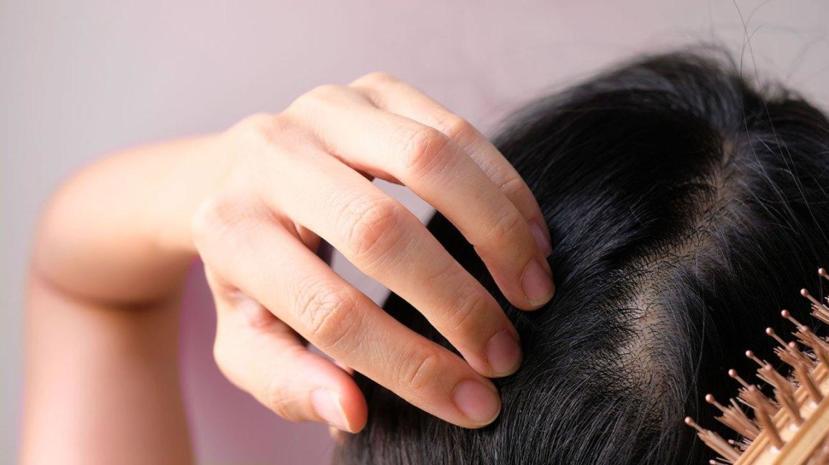Top 4 Causes of Hair Loss in Women

Dr. Linkov offers a wide variety of surgical and non-surgical options for changing the appearance of the face and neck. Whenever possible, he prefers using minimally-invasive procedures to achieve the desired result. His artistic background paired with an Ivy League medical education has given him a unique combination of... more
Losing up to 100 hair strands a day is totally normal. However, if you’re noticing more hairs on your brush or in your shower drain, it may be a sign that you’re experiencing hair loss. Figuring out the cause of that hair loss can be difficult, especially in women. There may be numerous potential culprits including hereditary hair loss, traction alopecia, and temporary hair shedding.
If you’re noticing that your hair is falling out, gets thinner, and grows more slowly, here are some of the most common causes of hair loss in women.
1. Genetics
When thinking of pattern hair loss, most people’s first thought is male pattern baldness. However, people of both genders are prone to develop this problem. While men’s hair loss usually occurs along the hairline, women’s hair loss is typically localized at the top of the head. Although this type of hair loss cannot be prevented entirely, there are some hair restoration products and treatments available. These include over-the-counter finasteride and minoxidil, which can slow hair loss and help you enjoy volumized and thicker hair longer.
2. Nutritional Deficiencies
Growing and maintaining healthy hair requires eating a balanced diet. Particularly, lack of iron, zinc, protein, and vitamin B3 is linked to different types of hair loss. To treat a nutritional deficiency, consider visiting your doctor and undergoing a blood test to identify the proper cause of your problem. A specialist may prescribe you some supplements or refer you to a registered dietitian for additional treatment.
3. Autoimmune Diseases
An autoimmune disease causes your body to identify its own hair follicles as foreign and attack them, which can eventually result in hair loss. Such diseases include alopecia areata, in which your own immune system can trigger hair loss on the scalp. In some cases, alopecia areata patients do see their hair grow back (but it may eventually fall out again). However, if not, a dermatology specialist can help by prescribing a corticosteroid injection to promote hair growth.
Other autoimmune disorders like hypothyroidism, rheumatoid arthritis, and sickle cell anemia may also lead to hair loss among other symptoms. Plus, systemic lupus erythematosus can cause the hairs on your scalp to gradually thin out due to inflammation. These ailments are serious and require a proper diagnosis from an experienced medical specialist. So, if you suspect that your hair loss might have occurred due to an underlying problem like an autoimmune disorder, it’s best to consult a doctor.
4. Severe Mental or Physical Stress
When you’re going through a stressful or traumatic event, you may experience a short-term decrease in hair growth. That’s because all of your body’s resources are put towards getting you through a life-altering event. Such events may include a divorce, the death of a family member, or even a significant job change.
All of your hairs grow at a different rate, as some are resting, some are shed and some actively growing. Due to stressful and traumatic circumstances, your body halts hair growth. Then the hair growth becomes renewed and all of the halted hairs start to get pushed out simultaneously. This type of hair shedding shouldn’t last long. However, if it concerns you, consider seeing a dermatologist. They can help you discover different styling options and products available to make your hair look and feel volumized.
The Bottom Line
Most cases of excessive hair shedding typically resolve on their own. However, if your hair doesn’t regain its previous volume after more than nine months, consult a doctor to determine whether something else is wrong with your health.








